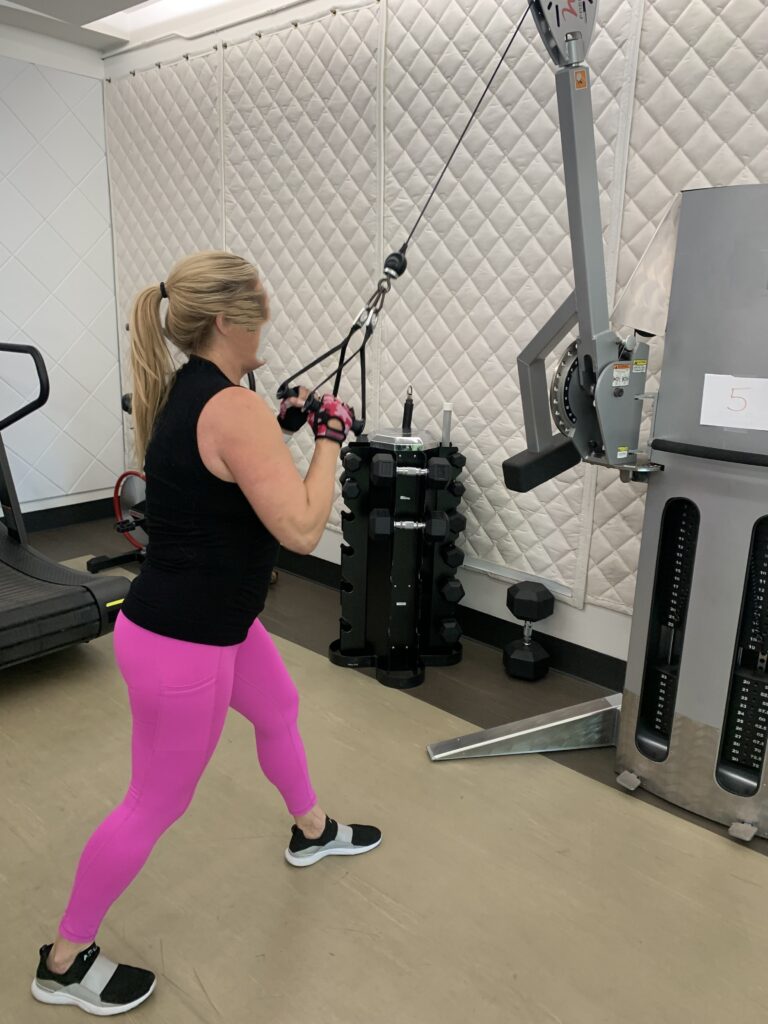Building a Rock-Solid Foundation: Fitness and Muscle Management for Life
Forget fads and quick fixes, especially in the world of Oprah endorsing Ozempic and similar medications. Building a healthy, sustainable relationship with fitness and muscle management is all about establishing a strong foundation. This approach prioritizes long-term well-being over fleeting results, creating a lifestyle that supports your fitness goals for years to come.
The Cornerstones of Your Foundation:
- Consistency is Key: Regular exercise, even if it’s just starting with 30 minutes a few times a week, is crucial. Aim for a balance of cardio (think brisk walking, swimming) and strength training (bodyweight exercises, free weights, machines) to improve overall fitness and build muscle.
- Focus on Proper Form: Don’t prioritize heavy weights over proper form. Learn the correct technique for each exercise to avoid injury and maximize results. Consider working with a trainer initially to perfect your form.
- Embrace Compound Movements: Exercises that work multiple muscle groups simultaneously, like squats, lunges, push-ups, and rows, are your allies. They build functional strength and give you more bang for your buck.
- Fuel Your Body Right: Nutrition is 90% of this equation and is just as important as exercise. Eat a balanced diet rich in whole foods, fruits, vegetables, and lean protein. This provides your body with the building blocks it needs to build muscle and recover from workouts. You need to aim for 1 gram of protein per pound of bodyweight. (ie: 130# needs at least 130 g of protein daily to maintain, if you are trying to put on muscle mass you may need more)
- Listen to Your Body: Rest and recovery are essential. Don’t push yourself to the point of exhaustion. Schedule rest days and prioritize quality sleep to allow your muscles to rebuild and repair.
Building on Your Base:
As your fitness level improves, you can gradually increase the intensity, duration, and frequency of your workouts. Explore different training methods like high-intensity interval training (HIIT) or circuit training to keep things challenging and prevent plateaus. Additionally, consider incorporating exercises that target specific muscle groups to achieve your desired physique. Bodybuilding techniques have worked for years to target specific muscle groups and balance the weaker side.
Muscle Management: Beyond the Gym:
Muscle management goes beyond just lifting weights. Here are some additional tips:
- Prioritize Sleep: Aim for 7-8 hours of sleep each night. During sleep, your body releases hormones that promote muscle growth and repair.
- Stay Hydrated: Dehydration can hinder muscle recovery. Drink plenty of water throughout the day, especially before, during, and after your workouts, using electrolytes daily along with creatine to promote muscle health & strength.
- Manage Stress: Chronic stress can break down muscle tissue. Find healthy ways to manage stress, like yoga, meditation, or spending time in nature.
Building a foundation for fitness and muscle management is an investment in your future health and well-being. By prioritizing consistency, proper form, balanced nutrition, and adequate rest, you’ll be well on your way to achieving your fitness goals and feeling your best.
CLIENT HIGHLIGHT – CLIENT HIGHLIGHT – CLIENT HIGHLIGHT – CLIENT HIGHLIGHT
I wanted to highlight a person who has accepted and executed what is written above even through an injury which had her non-weight bearing for 6-10 weeks and through a very hectic HLSR season. I have worked with (female 50+) on and off for over 2 years. It was at the end of 2023 (so about 7 months total) when we really began to hone in on her nutritional lifestyle as a way to give her more time, energy & stamina by changing her body composition. She is very active in her career and travels weeks on end at times as well as many philanthropic projects to say the least, so every minute counts.
She follows an 8 hour eating window, not counting calories but counting grams of high quality protein aiming for 120-140 grams per day, taking her vitamins/fish oils, staying hydrated with electrolytes, limiting alcohol and only having it in the 8 hour window. She is lifting weights 2-3 times per week, cardio most days, pilates and a stretching routine along with a good sleep & recovery routine. Her career has her traveling most weeks, but she has ways to get in the exercise and always plans her nutrition for on the road. She is still able to enjoy her very full life while adopting this new path with the understanding of my 90/10 rule, 90% of the time is perfect, 10% is not sweating the small stuff.

Above is a before picture(in the white dress) bodyweight above 190# and of that 190# her body fat was above 65#, lean muscle mass 66#, Visceral fat marker above 15 (which is the fat inside your abdomen around your organs) all via the InBody machine. We understand these are just placeholders and it’s very hard to get exact numbers without MRI which is ridiculously expensive.


Current bodyweight 174#, body fat 52#, lean muscle mass 69#, and most significant is the visceral fat is now below 9 marker. The goal was to lose body weight of course, but most important to give her more muscle and less visceral fat. She’s not done yet but in a very short period of time, without any weight loss medications (although pushed on her by a few doctors) she is well on her way to building her foundation for lifelong fitness and muscle management.
Now, everybody is different and in my Integrative Nutrition Health Coaching practice we program for the individual, it’s not a one size fits all approach, nothing is. But there are always basic fundamentals which do provide a basis for starting out and it’s never too late to build a strong foundation changing your body composition and building a strong muscle lifestyle today.
#kelleymoves